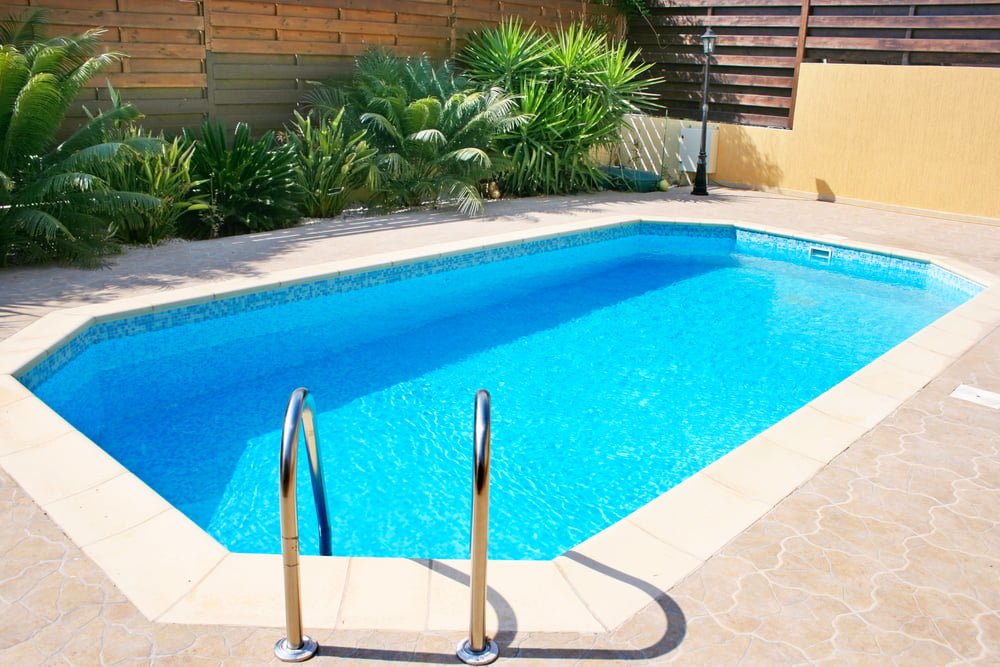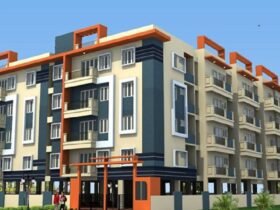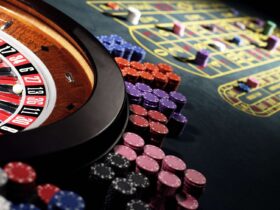Selecting suitable material is important whilst planning to put in a swimming pool in Brisbane to ensure an extraordinary, aesthetically alluring, and enjoyable pool. Consequently, given Brisbane’s subtropical weather, which functions hot, humid summers and rainy seasons, the material selected must withstand the environmental conditions while also suiting the geographical layout and aesthetic preferences of the users. This blog will explore the optimal materials for swimming pool installation in Brisbane, discussing their benefits and challenges.
1. Fibreglass Pools
Fibreglass is among the most used material in Australia for the construction of swimming pools, because of its strength and versatility of easy service. Fibreglass pools are constructed and prepared at the factory, and because the fabrication is off-site, the finished job is excellent. They are then transported to the installation site, making the installation process easier and less disruptive than other pools.
A fibreglass pool is desirable because it has no visible seams and is relatively easy to clean. It discourages the formation of algae and stain formation, leading to reduced frequency of chemical washes and easier cleaning schedules.
It is also very strong; fibreglass flexes with the ground, unlike other pavements, which crack when earth movements occur, which is quite frequent in some areas of Brisbane.
2. Concrete Pools
Concrete pools offer unparalleled durability and the flexibility to create a customised pool tailored to specific requirements. This material allows for various shapes, depths, and sizes, making it ideal for unique, bespoke designs that complement the surrounding landscape or fit into irregular spaces. Even when it comes to the appearance of concrete, one can obtain a smooth plaster finish up to textured tiles and everything in between, enabling homeowners to accomplish their visual ideal.
People opt for concrete pools since they provide long-lasting durability and the possibility to create the best custom pool that will complement the general atmosphere of the backyard area. Options range from painted surfaces and plaster to aggregate finishes, which can incorporate pebbles, quartz, or glass beads, providing a stunning visual effect.
Nevertheless, concrete is porous; therefore, the surface needs constant cleaning and sealing, occasionally acid washing and resurfacing to check on looks and cleanliness.
3. Vinyl Liner Pools
Vinyl liner pools are much cheaper and can be designed in any style the homeowner desires. The floor is softer than that of a gunite pool, as the liner sits directly on the pool’s main structure, which is made of metals like steel or polymers. The liner can also feature various patterns and colours for aesthetic appeal. Vinyl liners are reported to be easier to puncture or degrade due to the UV installation but cheaper than fibreglass or concrete.
Vinyl swimming pool installation in Brisbane is an economical way to update the pool’s appearance without needing a complete overhaul. These liners boast extra-long, flat-bottomed surfaces that will not encourage the growth of algae; hence no need to clean the pool so often. Vinyl liners are available in different colours and designs to enable one to change the pool’s appearance to their desire.
4. Tile Finishes
Among all the types of finishes, tiles can be considered one of the most popular and valuable for concrete pools as they can be used as the only kind of finish or just along the water line. Due to the versatility in colours, special sizes, and patterns, ceramic and porcelain tiles are preferred, especially for pool designing. Glass tiles give additional reflectivity and a richer, deeper colour than ceramic or stone.
Tile finishes can transform a concrete pool into a work of art. Though more expensive than the options previously mentioned, they offer a flexible and long-term solution for enhancing the appearance of a concrete swimming pool.
5. Stone Features
Incorporating natural stone into a pool design can beautify its visible enchantment and combine the pool with the natural landscape. Stone is extremely long-lasting and available in numerous textures and hues, making it versatile for pool finishes. Granite gives an excessive-cease look with awesome durability, while sandstone and limestone offer herbal tones that blend properly with tropical and lawn settings.
Using herbal stone creates a harmonious connection between the pool and its surroundings, elevating the overall aesthetic of the outside dwelling area. Stone’s timeless beauty and resilience make it popular for those looking for a sophisticated, nature-inspired pool design. Stone can be used for more than just the pool itself; it is also an excellent choice for surrounding areas, like coping and decking.
Its thermal properties help keep the surface cool underfoot, a significant advantage in Brisbane’s warm climate. Stone’s sturdiness and natural aesthetic can elevate your pool location’s appearance and sense, creating a cohesive and visually attractive outside oasis.
Final Takeaway
The Selection of materials used to construct swimming pools in Brisbane depends on the appearance, usage, and ease of maintenance. Each has associated with specific advantages and certain disadvantages. Fibreglass is the type that homeowners should consider taking if they are very interested in low maintenance and easy installation. Those looking for customisation and longevity might lean towards concrete. Vinyl liners offer an affordable and adaptable solution, while tiles and stone provide high-end finishes and natural beauty.
The following factors will guide your choices for selecting swimming pool materials. It is always beneficial to consult a professional pool builder in Brisbane for guidance on area-specific regulations and codes. This will help you make the right decision and ensure you have a pool that benefits you in many ways for years to come.










